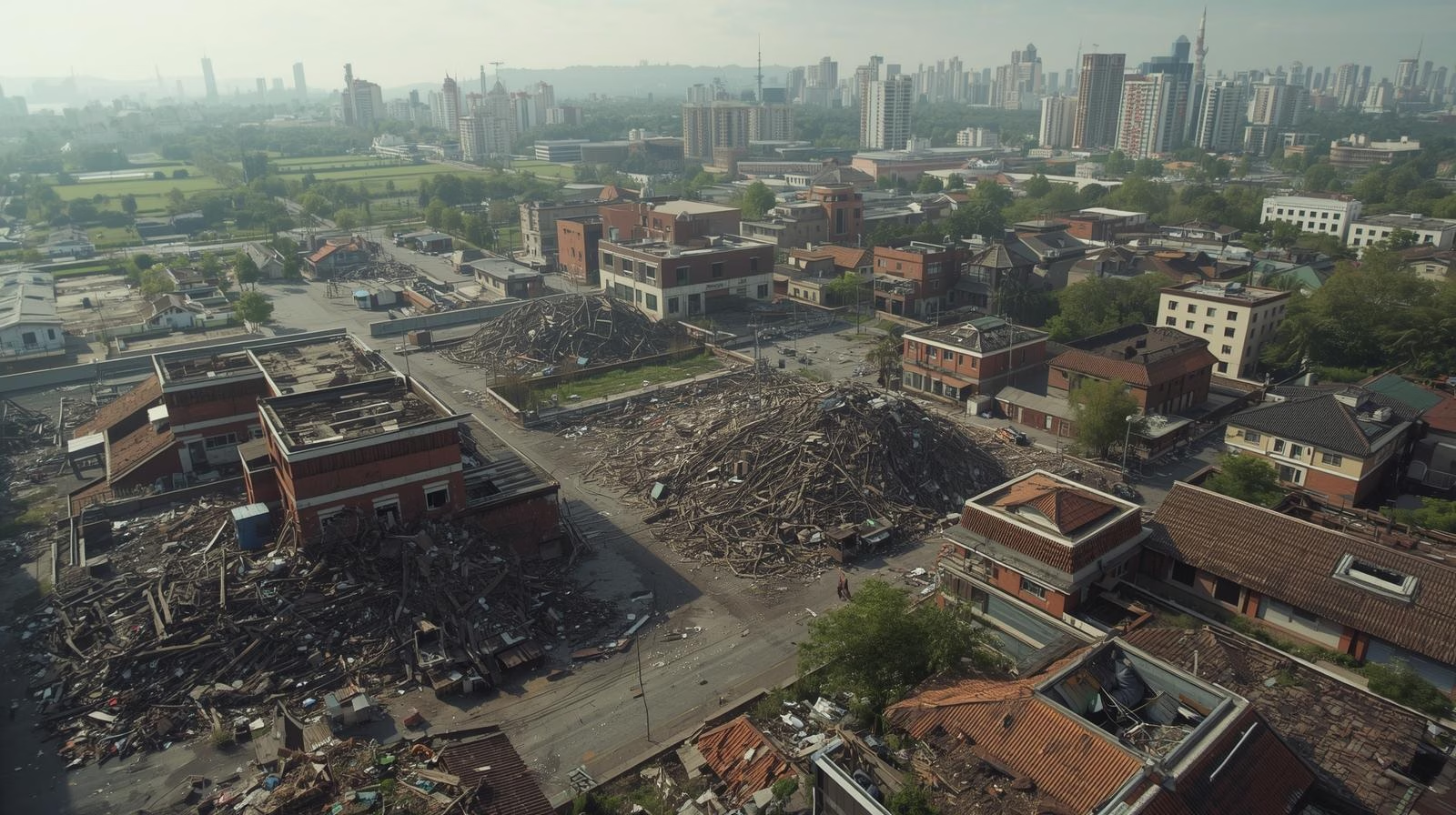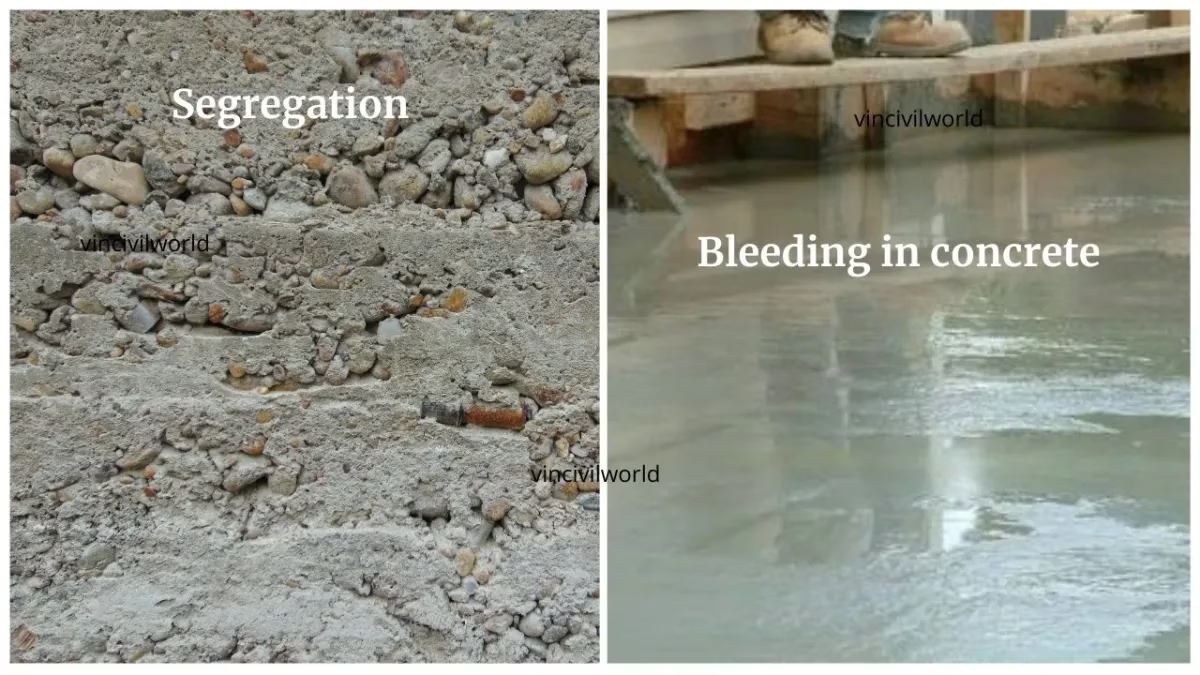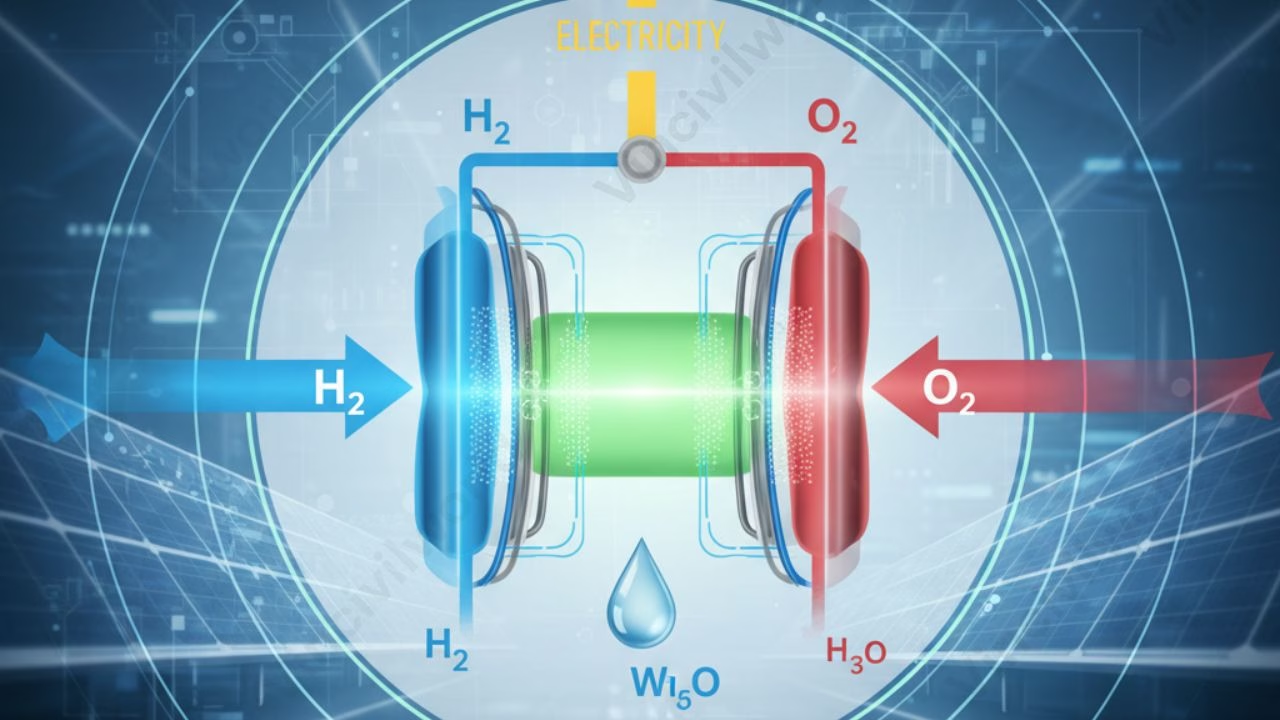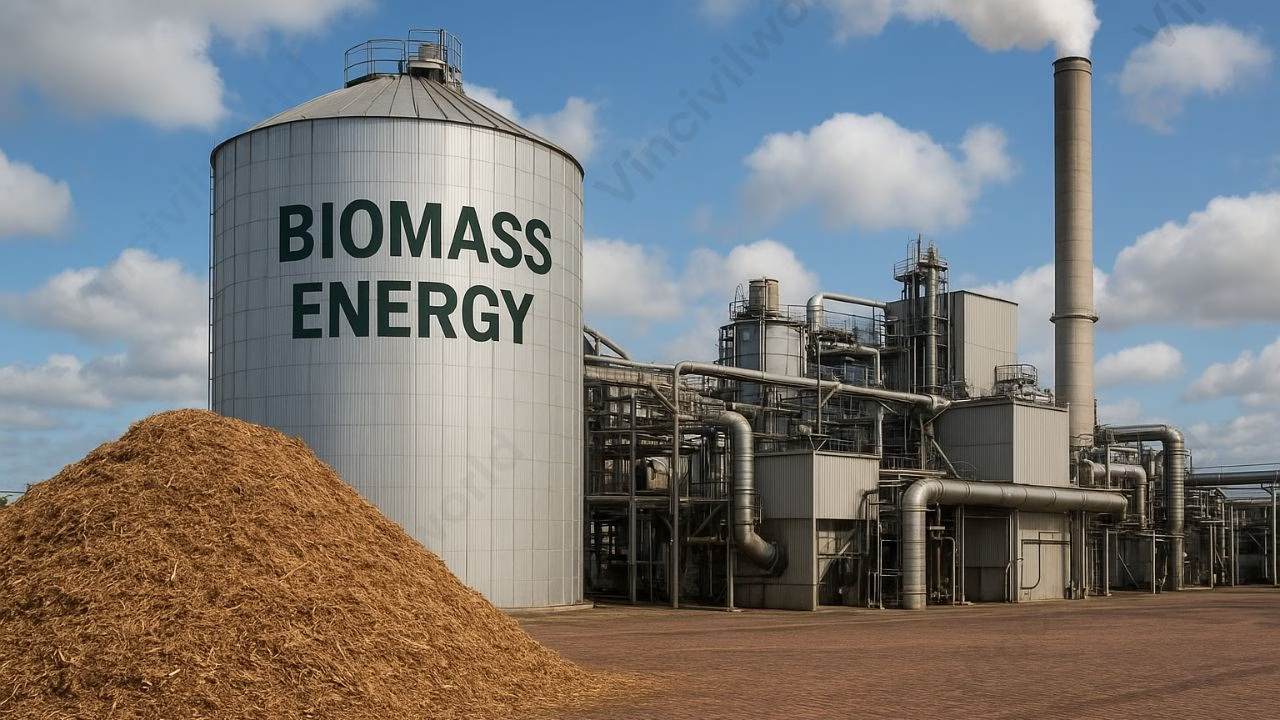Land pollution Effects on Human Health and Nature
Land pollution has disastrous effects, particularly on the survival of animals and humans, as well as in the quality of soil and water. Human activities have increasingly ruined and degraded land since the dawn of industrialization, producing diseases in humans and animals and limiting the capacity to support ecosystems and varied life forms.










